[fusion_builder_container hundred_percent=”no” equal_height_columns=”no” menu_anchor=”” hide_on_mobile=”small-visibility,medium-visibility,large-visibility” class=”” id=”” background_color=”” background_image=”” background_position=”center center” background_repeat=”no-repeat” fade=”no” background_parallax=”none” enable_mobile=”no” parallax_speed=”0.3″ video_mp4=”” video_webm=”” video_ogv=”” video_url=”” video_aspect_ratio=”16:9″ video_loop=”yes” video_mute=”yes” video_preview_image=”” border_size=”” border_color=”” border_style=”solid” margin_top=”” margin_bottom=”” padding_top=”” padding_right=”” padding_bottom=”” padding_left=””][fusion_builder_row][fusion_builder_column type=”1_1″ layout=”1_1″ spacing=”” center_content=”no” hover_type=”none” link=”” min_height=”” hide_on_mobile=”small-visibility,medium-visibility,large-visibility” class=”” id=”” background_color=”” background_image=”” background_position=”left top” background_repeat=”no-repeat” border_size=”0″ border_color=”” border_style=”solid” border_position=”all” padding_top=”” padding_right=”” padding_bottom=”” padding_left=”” margin_top=”” margin_bottom=”” animation_type=”” animation_direction=”left” animation_speed=”0.3″ animation_offset=”” last=”no”][fusion_text columns=”” column_min_width=”” column_spacing=”” rule_style=”default” rule_size=”” rule_color=”” hide_on_mobile=”small-visibility,medium-visibility,large-visibility” class=”” id=”” animation_type=”” animation_direction=”left” animation_speed=”0.3″ animation_offset=””]
Speed Cameras in France
Dec 18, 2008 – NIWOT, CO –
France does not use narrowband Ka radar as many countries in Europe use. About 10 to 15 years ago, there were about 20 multanova speed cameras using narrowband Ka radar, but they havn’t been seen in years!
Today in France, the primary speed camera is produced by Mesta 210, Mesta 1000, both produced by Sagem. The speed cameras are either in a fixed location, like the 2000+ gatso speed cameras installed on the side of the road. The gatso speed camera emits 24.125 Ghz radar band, called Euro K Band, at an angle of 25 degrees across the highway. The Gatso speed camera transmits radar from about 25 meters to 0 meters and 98% of the Gatso speed cameras detect from the rear, to late to be detected by a typical radar detector. The wave length is never quite exactly the same. it varies, so that the same fixed radar can measure up to 4 different lanes.
The other type using Euro K Band radar is the portable speed camera, which communicates by WI-FI with the computer in the police car parked on the side of the road or out of the car, behind a wall.
There is little radar detector detectors, such as VG2, VG4 or Spectre RDD used in France, but it will come in the near future. The French police seem to get quite pissed when a driver uses a radar detector in France to get advance alerts to speed cameras and radar traps.
However, laser guns are used heavily, such as Eurolaser, Ultralight LTI 20/20 and a few Kustom Pro Laser 3 laser guns. The Blinder M47 and Blinder M27 easily defeats thee laser guns at any distnace, and the Blinder laser jammers are now updateable for new jamming codes.
Call 1st Radar Detectors in Canada at 250-324-8004 or in the USA at 720-635-3931 to discuss your requirements and we will figure out what what you need for your business or your vehicle, and find a US/Canada installer for you. Regards, John Turner STiR Plus, HP905 Quad Laser Jammer, APC Power Control STiR Plus, HP905 Quad, HP905 Dual and ProDB-2 Dual PhotoBlocker Contact 1st radar Detectors at [email protected] to purchase a radar detectors, laser jammer, radar laser jammer; and a photo blocker on passenger cars, pick up trucks, SUVs, and motorcycles in the UK, USA, Australia, Canada, Europe, South America and New Zealand. |
||||||||||||||||||||||||||||||||||||||
[/fusion_text][/fusion_builder_column][/fusion_builder_row][/fusion_builder_container]
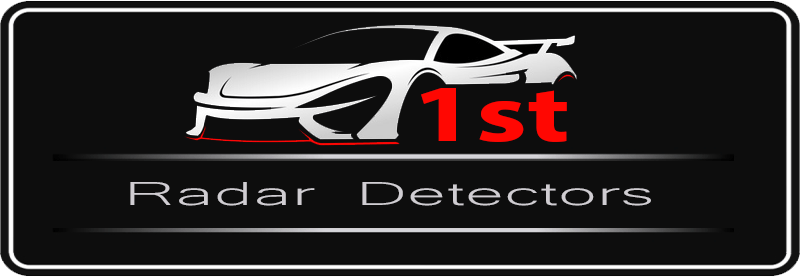
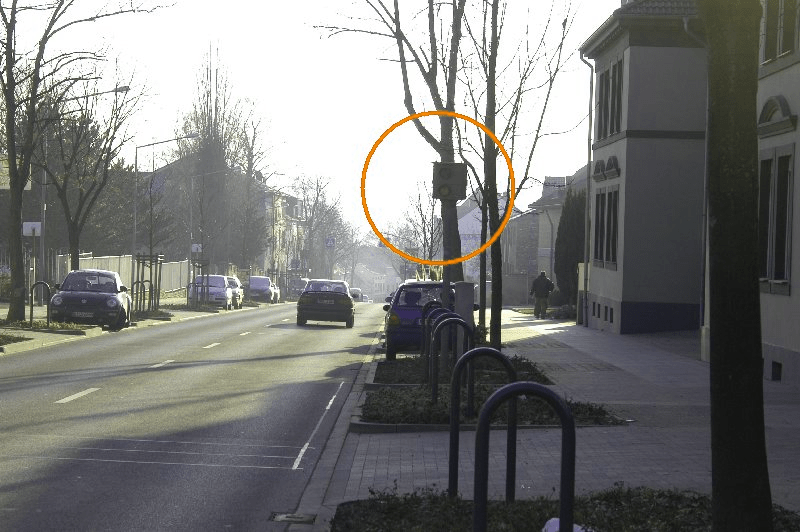
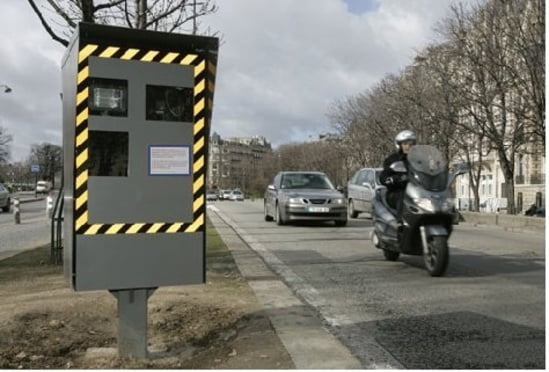
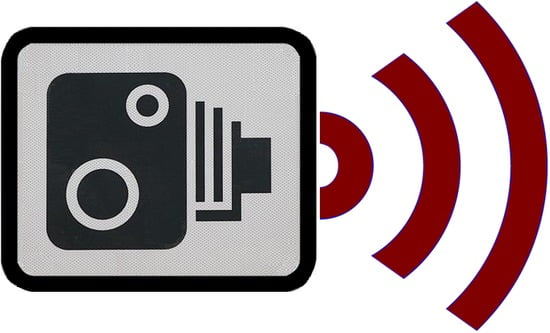
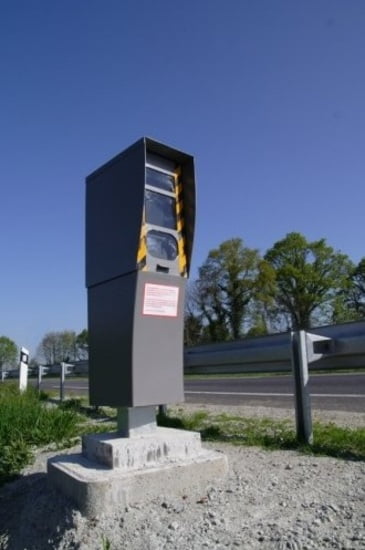
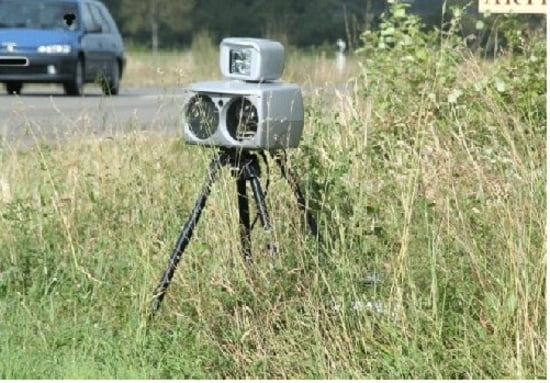
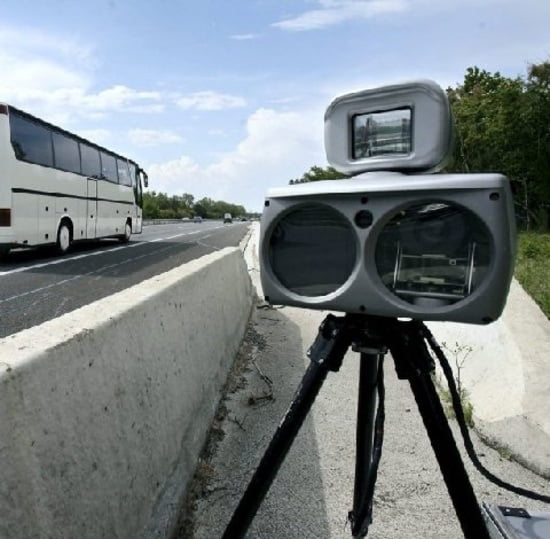
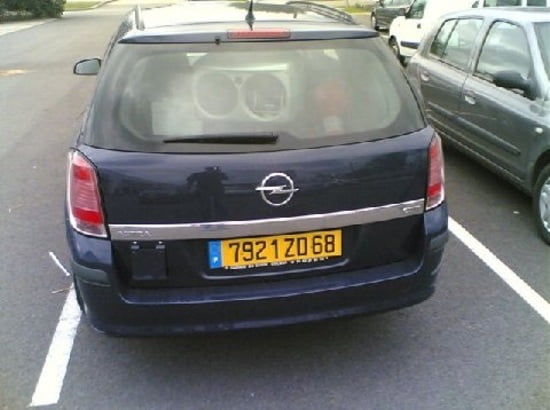
Recent Comments